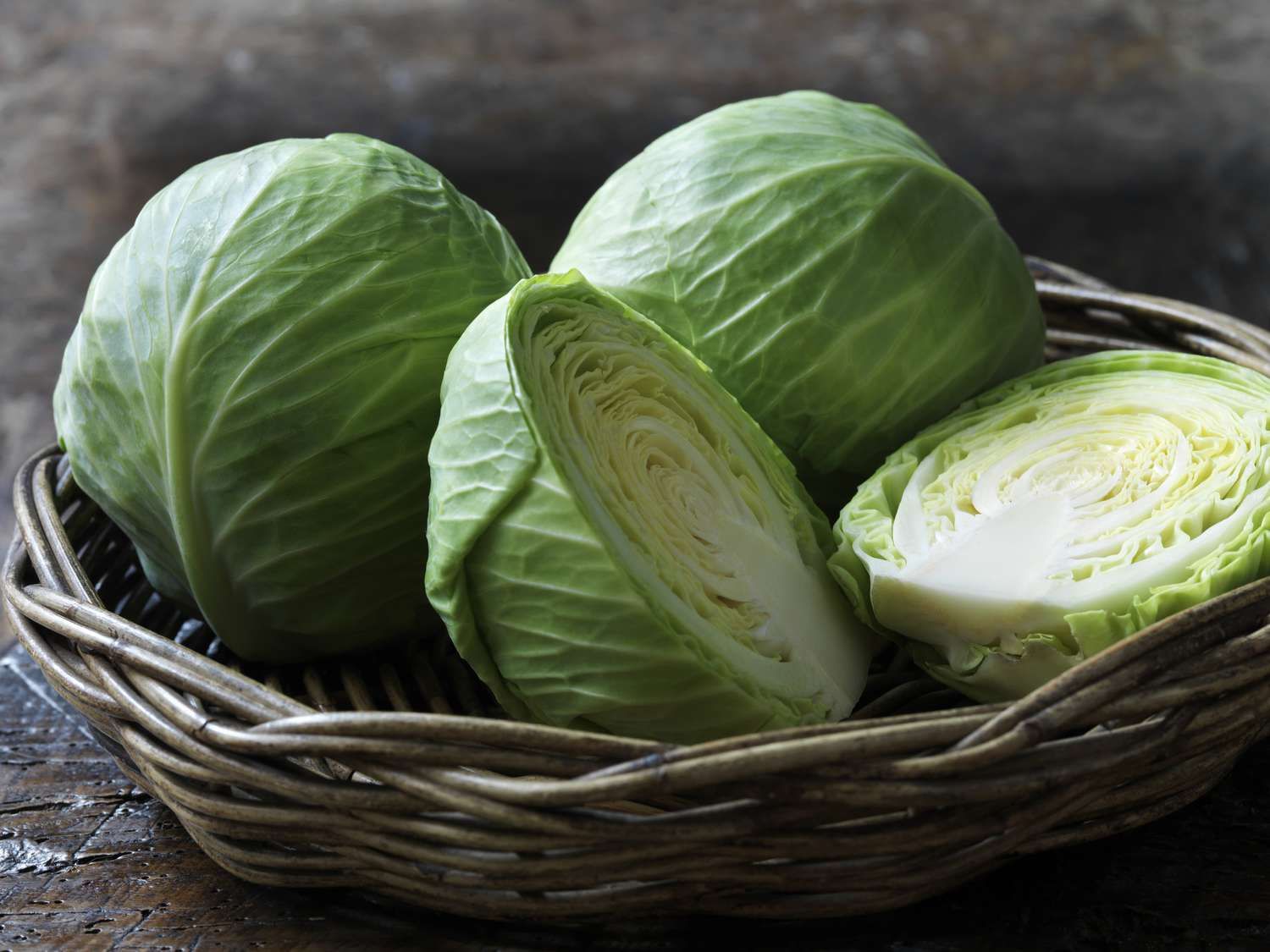

Articles
How To Store Half A Head Of Cabbage
Modified: February 26, 2024
Learn how to properly store half a head of cabbage in this informative article. Keep your cabbage fresh and crisp for longer with these helpful tips and tricks.
(Many of the links in this article redirect to a specific reviewed product. Your purchase of these products through affiliate links helps to generate commission for Storables.com, at no extra cost. Learn more)
Introduction
Cabbage is a versatile and nutritious vegetable that can be enjoyed in various dishes, from slaws and salads to stir-fries and soups. However, if you find yourself with a half a head of cabbage that you can’t finish in one sitting, you may be wondering how to store it to keep it fresh for as long as possible.
Properly storing cabbage is essential to maintain its crispness and prevent it from wilting or spoiling prematurely. In this article, we will explore different methods for storing half a head of cabbage so that you can enjoy its freshness and flavor even after it has been partially used. By using these storage techniques, you can reduce food waste and make the most of your cabbage.
Read on to discover the best practices for storing half a head of cabbage and extend its shelf life!
Key Takeaways:
- Properly storing cabbage is crucial to maintain its crispness, flavor, and nutritional benefits. Choose from wrapping, bagging, using containers, or freezing to extend its shelf life and reduce food waste.
- Follow simple tips like removing outer leaves, keeping cabbage dry, and storing it in the refrigerator to ensure its longevity. Whether wrapping, bagging, using containers, or freezing, enjoy fresh and versatile cabbage in your favorite dishes for longer periods.
Read more: How To Store Purple Cabbage
The Importance of Properly Storing Cabbage
Properly storing cabbage is crucial to maintain its quality and prevent spoilage. Cabbage is a perishable vegetable that can become wilted and develop off-flavors if not stored correctly. By understanding the importance of proper storage, you can ensure that your cabbage stays fresh and delicious for an extended period.
First and foremost, proper storage helps maintain the crispness of cabbage. Cabbage leaves contain a high water content, and when exposed to air, they can quickly lose moisture, leading to wilting and a mushy texture. By providing the right environment, you can slow down the moisture loss and keep the cabbage firm and crunchy.
Furthermore, cabbage is prone to spoilage due to its high susceptibility to bacteria growth and enzymatic activity. Storing cabbage at the appropriate temperature and humidity slows down the growth of bacteria and enzymes, preserving its freshness and preventing unpleasant odors and textures.
In addition to maintaining quality, storing cabbage properly also helps to reduce food waste. When cabbage spoils, it becomes unappetizing and is often discarded. By using effective storage methods, you can extend the shelf life of your cabbage, giving you more time to use it up and minimizing waste.
By taking the time to store cabbage correctly, you can enjoy its full flavor and nutritional benefits, ensuring that it is ready to be incorporated into your favorite recipes whenever you need it.
Methods for Storing Half a Head of Cabbage
When it comes to storing half a head of cabbage, there are several methods you can choose from. Each method has its own benefits and considerations, so let’s explore them one by one.
Option 1: Wrapping in Plastic Wrap
One simple method for storing half a head of cabbage is to wrap it tightly in plastic wrap. Start by removing any loose outer leaves and cutting the cabbage in half. Place one half on a clean surface and tightly wrap it in several layers of plastic wrap, making sure there are no air pockets. Repeat the process with the other half.
Wrapping the cabbage in plastic wrap helps to retain moisture and protect it from air exposure, which can cause it to wilt. Store the wrapped cabbage halves in the refrigerator’s vegetable crisper drawer to maintain optimal temperature and humidity.
Option 2: Placing in a Plastic Bag
Another convenient method is to place the half cabbage in a sealed plastic bag. Similar to wrapping in plastic wrap, remove any loose outer leaves and cut the cabbage in half. Place each half in a separate plastic bag, squeeze out any excess air, and seal the bags tightly.
By placing the cabbage in a plastic bag, you create a microclimate that helps to retain moisture and prevent wilting. This method is especially effective if you don’t have plastic wrap on hand, as most households have plastic bags readily available. Store the sealed bags in the vegetable crisper drawer of your refrigerator.
Read more: How To Store Cabbage In The Refrigerator
Option 3: Storing in a Plastic Container
If you prefer a more sustainable and reusable option, consider storing the half cabbage in a plastic container with a lid. After removing any loose leaves and cutting the cabbage in half, place each half in a separate container and close the lids tightly.
Storing cabbage in a plastic container offers the advantage of added protection, preventing any accidental crushing or bruising. It also provides a barrier against moisture loss while allowing for better air circulation compared to wrapping or bagging methods. Place the containers in the vegetable crisper drawer or on a refrigerator shelf.
Option 4: Freezing Cabbage
If you know you won’t be able to consume the half cabbage within a few days, consider freezing it for longer storage. Freezing cabbage is a great option if you want to preserve its freshness for future use in cooked dishes.
To freeze half a head of cabbage, start by removing any loose outer leaves and cutting it into smaller pieces or shredding it. Blanch the cabbage briefly by immersing it in boiling water for about one to two minutes, then transfer it to an ice bath to stop the cooking process. Pat the cabbage dry and place it in airtight freezer bags or containers before placing them in the freezer.
Note that freezing cabbage can alter its texture, making it less suitable for raw preparations like salads or slaws. However, it works well in cooked dishes such as soups, stews, and stir-fries.
Choose the storage method that suits your needs and resources. Whether you prefer wrapping, bagging, using containers, or freezing, these methods will help to preserve the freshness of your half a head of cabbage.
Option 1: Wrapping in Plastic Wrap
Wrapping a half a head of cabbage tightly in plastic wrap is a simple yet effective method for storage. This method helps to retain moisture and prevent the cabbage from wilting and drying out, ensuring its freshness for a longer period.
To begin, start by removing any loose outer leaves from the cabbage. Then, carefully cut the cabbage in half using a sharp knife. Place one half of the cabbage on a clean surface.
Next, take a piece of plastic wrap and unroll it, making sure to leave enough excess wrap on both sides to fully cover the cabbage. Place the plastic wrap over the halved cabbage, ensuring that it fully encloses the vegetable.
Start wrapping the cabbage tightly, making sure to press out any air pockets as you go. The goal is to create a secure and airtight seal around the cabbage. Repeat the process with the other half of the cabbage, using a separate piece of plastic wrap.
Once both halves of the cabbage are tightly wrapped, it’s time to store them. For optimal storage, place the wrapped cabbage halves in the vegetable crisper drawer of your refrigerator. The cool temperature of the fridge, combined with the sealed plastic wrap, will help to maintain the crispness and freshness of the cabbage.
When you’re ready to use the wrapped cabbage, simply remove it from the refrigerator and unwrap the desired amount. Be sure to reseal the remaining half tightly in plastic wrap and promptly return it to the refrigerator for continued freshness.
Remember, this method is most effective when the cabbage is tightly wrapped and kept in the refrigerator. Avoid storing the wrapped cabbage at room temperature, as it may lead to spoilage and a loss of quality.
Wrapping half a head of cabbage in plastic wrap is a convenient and straightforward way to extend its shelf life. By following these steps, you can ensure that your cabbage remains fresh, crisp, and ready to enjoy whenever you need it.
Option 2: Placing in a Plastic Bag
Another effective method for storing half a head of cabbage is by placing it in a sealed plastic bag. This method helps to create a microclimate that retains moisture and prevents the cabbage from wilting, keeping it fresh and crisp for an extended period.
To begin, start by removing any loose outer leaves from the cabbage. Then, using a sharp knife, carefully cut the cabbage in half. Place one half of the cabbage in a clean plastic bag.
Ensure that the plastic bag is large enough to accommodate the half cabbage comfortably. Place the cabbage inside the bag and gently squeeze out any excess air before sealing the bag tightly. If possible, use a bag with a reliable seal or twist tie to prevent air from entering.
Repeat this process with the other half of the cabbage, ensuring that each half is stored in a separate bag. Squeezing out the air from the bags helps to create an environment where the cabbage retains its moisture and freshness.
Once both halves are securely sealed in plastic bags, it’s time to store them. The best place to store the bags of cabbage is in the vegetable crisper drawer of your refrigerator. The cool temperature, combined with the sealed bags, helps to maintain the optimal conditions for keeping the cabbage fresh.
When you want to use the cabbage, simply remove the bag from the refrigerator and take out the desired amount. Reseal the bag tightly, ensuring that no air enters, and promptly return it to the refrigerator for continued freshness.
It is important to note that storing the cabbage in a sealed plastic bag helps to retain moisture, but it does not provide as much protection against accidental crushing or bruising compared to other storage methods. Therefore, handle the bags with care to avoid damaging the cabbage.
Placing half a head of cabbage in a sealed plastic bag is a convenient and effective way to prolong its shelf life. By following these steps, you can enjoy fresh and crisp cabbage for future use in your favorite recipes.
Read more: How To Store Half A Lemon
Option 3: Storing in a Plastic Container
An alternative method for storing half a head of cabbage is by using a plastic container with a secure lid. Storing the cabbage in a container offers added protection and a better circulation of air compared to wrapping or bagging methods.
To begin, remove any loose outer leaves from the cabbage and carefully cut it in half using a sharp knife. Place one half of the cabbage in a clean plastic container with a lid.
Ensure that the container is large enough to accommodate the cabbage without crowding or crushing it. Place the cabbage inside the container, ensuring that it fits comfortably and allowing for some air circulation.
Once the cabbage is inside the container, secure the lid tightly to create an airtight seal. This will help to retain moisture while providing a barrier against air exposure and contaminants.
Repeat the process with the other half of the cabbage, placing it in a separate container with a lid. It’s essential to store each half a head of cabbage separately to prevent any cross-contamination and preserve their individual freshness.
When it comes to storing the containers, you have a couple of options. You can place them in the vegetable crisper drawer of your refrigerator, where the temperature and humidity are ideal for preserving the cabbage. Alternatively, you can place them on a refrigerator shelf, making sure they are not overcrowded.
When you’re ready to use the cabbage, simply remove the desired amount from the container and reseal the lid tightly. This will help to maintain the freshness and quality of the remaining cabbage.
Storing half a head of cabbage in a plastic container offers added protection and allows for better air circulation, resulting in a longer shelf life. By following these steps, you can keep your cabbage fresh and ready to be used in various recipes.
Option 4: Freezing Cabbage
If you find yourself with half a head of cabbage that you cannot consume within a few days, freezing it can be a great option for long-term storage. Freezing cabbage helps to preserve its freshness and nutrients, allowing you to enjoy it in cooked dishes even after an extended period.
To begin, remove any loose outer leaves from the cabbage and cut it into smaller pieces or shred it, depending on your preference. This will make it easier to handle and use in recipes later on.
Next, blanch the cabbage briefly to preserve its texture and color before freezing. Start by bringing a large pot of water to a boil. Once the water is boiling, carefully add the cabbage pieces or shredded cabbage to the pot. Allow them to blanch for about one to two minutes.
After the blanching time is up, immediately transfer the cabbage to an ice bath. This stops the cooking process and helps to retain the crunchiness and vibrant color of the cabbage. Let the cabbage sit in the ice bath for a couple of minutes until it is completely cooled.
Once the cabbage is cooled, remove it from the ice bath and pat it dry with a clean kitchen towel or paper towels. Ensuring that the cabbage is dry will prevent ice crystals from forming during freezing and preserve its quality.
Next, it’s time to pack the cabbage for freezing. Place the blanched and dried cabbage in airtight freezer bags or containers. Remove as much air as possible from the bags or containers before sealing them tightly. Alternatively, you can also use vacuum-sealed bags for maximum protection against freezer burn.
Label the bags or containers with the date of freezing to keep track of freshness. Remember to squeeze out any excess air from the bags before sealing them to minimize the risk of freezer burn.
Finally, place the cabbage bags or containers in the freezer, making sure they are placed in a flat and organized manner to maximize space. The ideal freezer temperature for cabbage is below 0°F (-18°C).
When you’re ready to use the frozen cabbage, simply take out the desired amount and thaw it in the refrigerator overnight. It is important to note that freezing slightly changes the texture of cabbage, making it less suitable for raw preparations like salads. However, it is excellent for use in cooked dishes such as stir-fries, soups, stews, and casseroles.
Freezing cabbage is a great way to extend its shelf life and reduce waste. By following these steps, you can enjoy the flavors and nutrients of cabbage even months after freezing and keep it readily available for your favorite recipes.
Tips for Extending the Shelf Life of Cabbage
Knowing how to properly store cabbage is the key to extending its shelf life and preventing unnecessary waste. Here are some tips and tricks to help you keep your cabbage fresh for longer:
1. Choose Fresh Cabbage:
When purchasing cabbage, choose heads that are firm, with tightly packed leaves and no signs of wilting or browning. Fresh cabbage will have a vibrant color and a crisp texture.
Read more: How To Store Half A Zucchini
2. Store Whole Cabbage Heads:
If possible, store whole cabbage heads instead of pre-sliced or pre-shredded cabbage. Keeping the cabbage intact helps to maintain its freshness and prevents moisture loss.
3. Remove Outer Leaves:
Before storing cabbage, remove any loose or damaged outer leaves. These leaves are more prone to spoilage and can affect the surrounding leaves.
4. Keep it Dry:
Moisture can cause cabbage to wilt and spoil quickly. Make sure the cabbage is dry before storage by gently patting it dry with a clean cloth or paper towels.
5. Store in the Refrigerator:
Cabbage is best stored in the vegetable crisper drawer of the refrigerator, where the temperature and humidity can be controlled. This helps to maintain its freshness and crispness.
Read more: How To Store Half A Cucumber
6. Use Airtight Containers or Bags:
Whether wrapping in plastic wrap, placing in plastic bags, or using plastic containers, ensure they are airtight to minimize exposure to air. This will help to prevent the cabbage from wilting and extend its shelf life.
7. Avoid Washing Before Storage:
It is best to avoid washing cabbage before storage, as moisture can promote spoilage. Instead, wash the cabbage just before using it in your recipes.
8. Separate Leaves:
If you have already sliced or shredded the cabbage, separate the leaves and store them in individual bags or containers. This makes it easier to take out the desired amount without disturbing the rest of the cabbage.
9. Check and Rotate:
Regularly check your stored cabbage for any signs of spoilage or mold. If you notice any affected leaves, remove them immediately. Also, rotate the cabbage periodically to ensure even exposure to the refrigerator’s cold temperature.
Read more: How To Store Chopped Cabbage
10. Freeze Excess Cabbage:
If you find yourself with more cabbage than you can consume, consider freezing the excess. Follow the proper blanching and freezing method mentioned earlier to preserve the cabbage’s quality for future use.
By following these tips, you can extend the shelf life of cabbage and reduce food waste. Enjoy the freshness and versatility of cabbage in your favorite dishes for longer periods.
Conclusion
Properly storing cabbage is essential to maintain its freshness, crispness, and flavor, allowing you to enjoy its nutritious benefits for an extended period. Whether you have a half a head of cabbage or a whole, there are various methods you can use to ensure its longevity.
Wrapping cabbage tightly in plastic wrap, placing it in sealed plastic bags, storing it in plastic containers, or freezing it are all effective ways to keep cabbage fresh. Each method offers its own advantages, so choose the one that suits your preferences and resources.
Remember to remove any outer leaves, keep the cabbage dry, and store it in the refrigerator’s vegetable crisper drawer for optimal conditions. These practices help to retard moisture loss and protect the cabbage from air exposure, preserving its quality.
Additionally, follow the tips for selecting fresh cabbage, avoiding pre-washing before storage, and checking for any signs of spoilage. These simple steps can go a long way in extending the shelf life of your cabbage and reducing food waste.
Whether you wrap it, bag it, store it in a container, or freeze it, properly storing cabbage ensures its availability and freshness for future culinary adventures. With these storage techniques and tips in mind, you can confidently store half a head of cabbage or a whole one, making the most of this versatile and nutritious vegetable.
So the next time you find yourself with a partial head of cabbage, follow these storage methods and tips to keep it crisp and fresh, ready to add a delightful crunch to your salads, stir-fries, soups, and other culinary creations.
Frequently Asked Questions about How To Store Half A Head Of Cabbage
Was this page helpful?
At Storables.com, we guarantee accurate and reliable information. Our content, validated by Expert Board Contributors, is crafted following stringent Editorial Policies. We're committed to providing you with well-researched, expert-backed insights for all your informational needs.
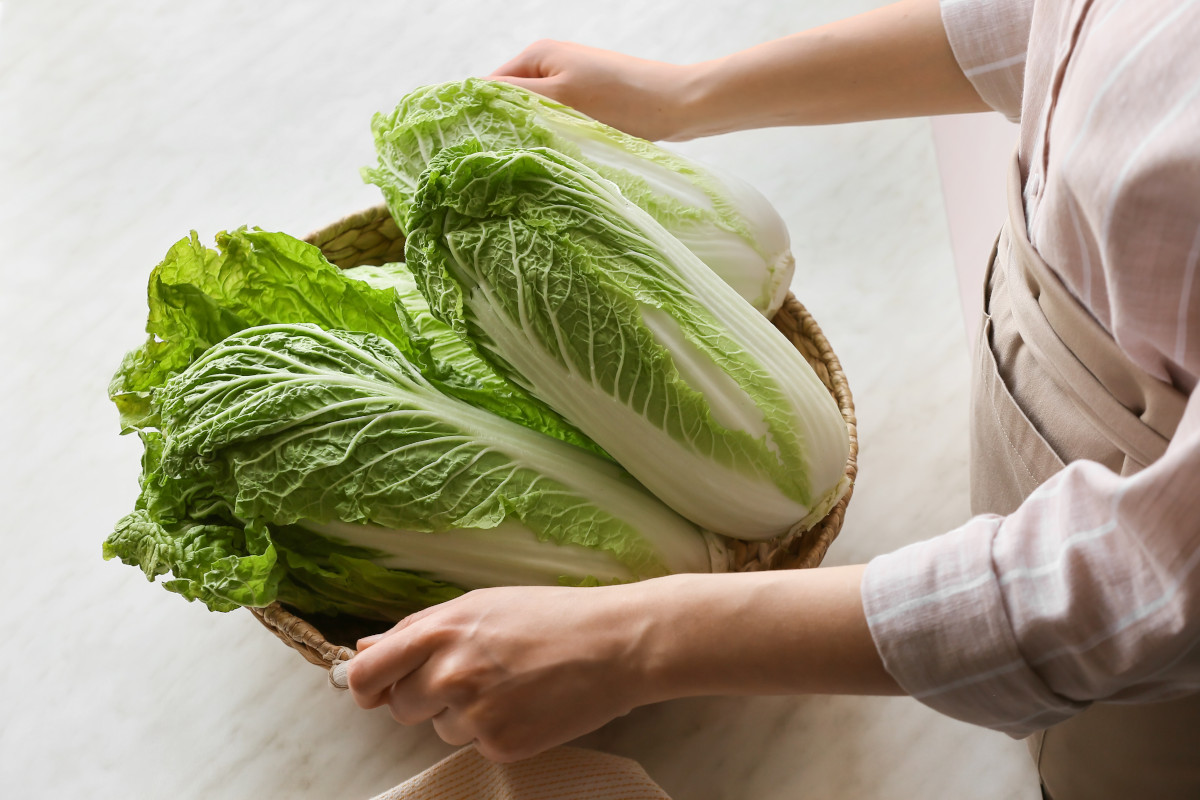
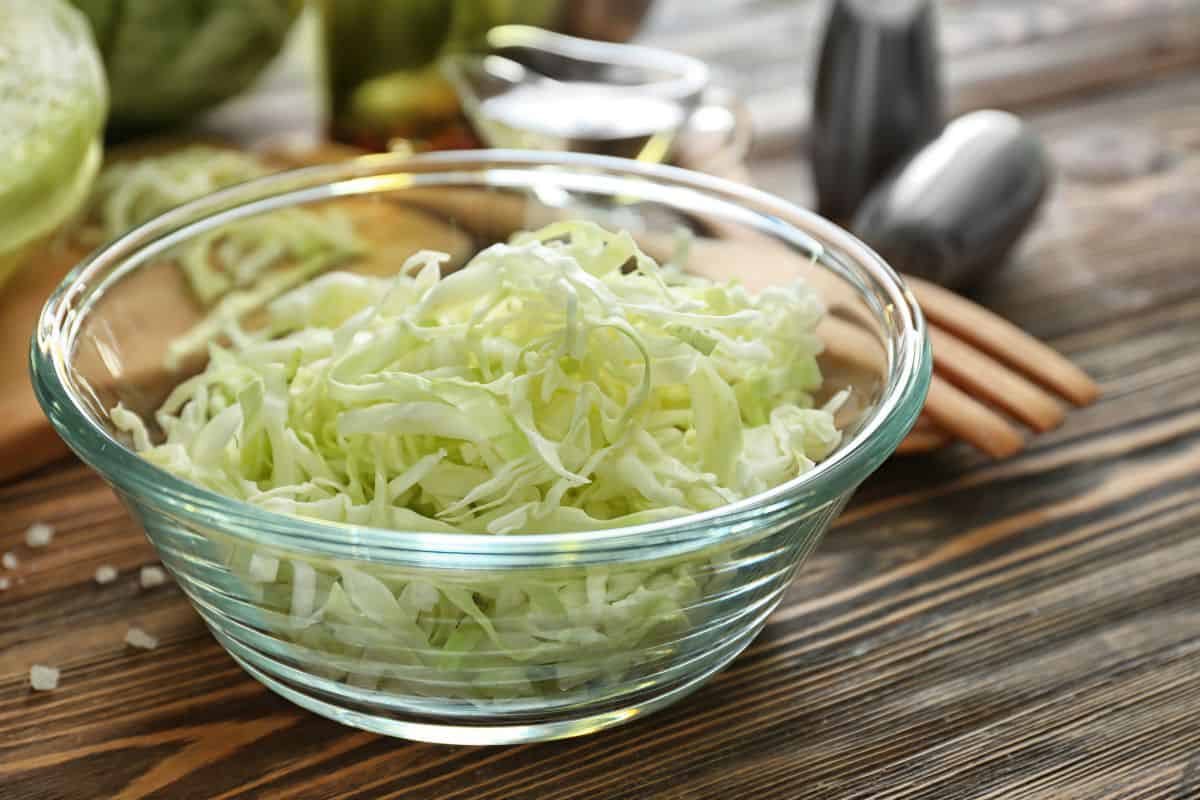
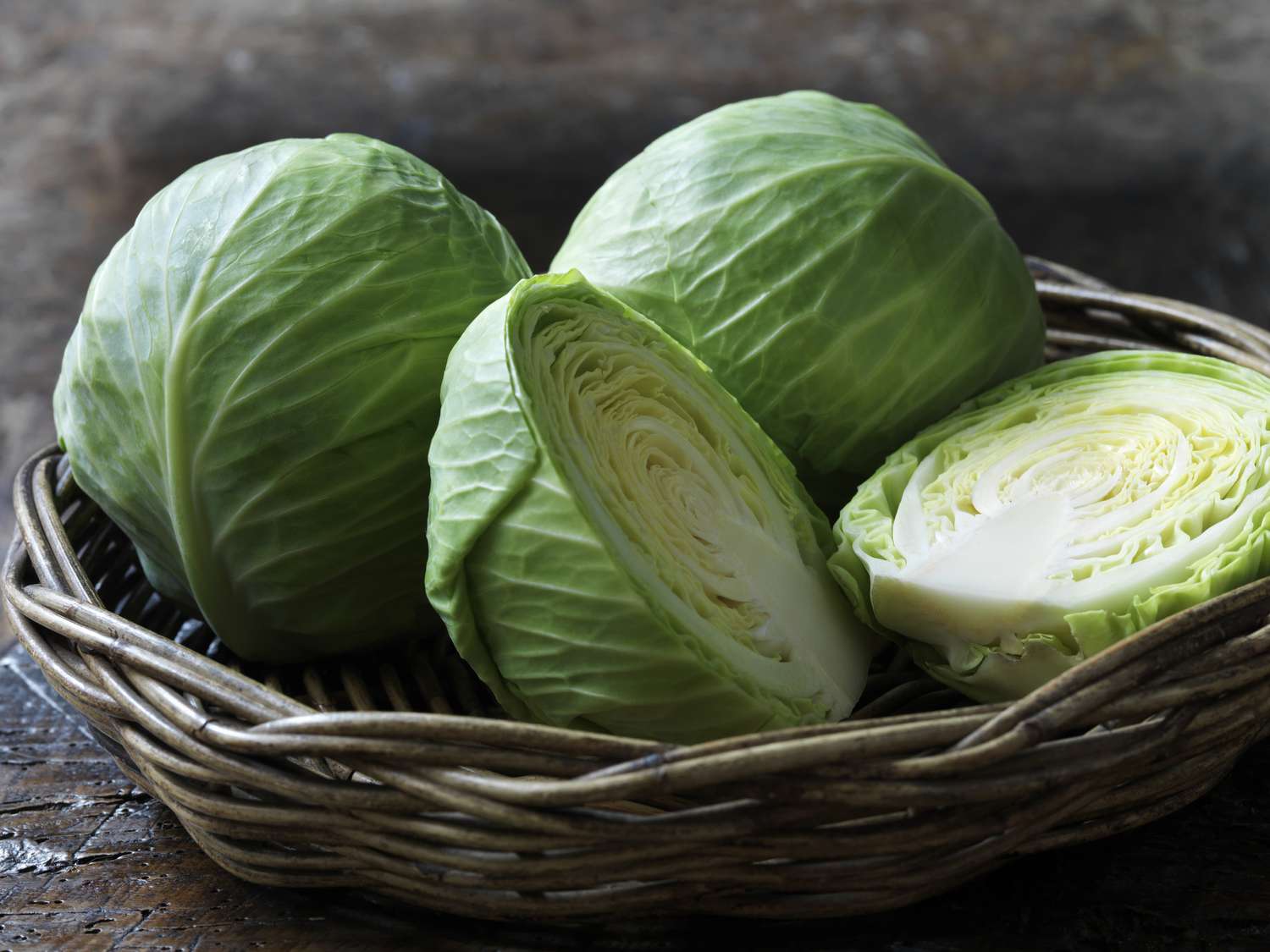
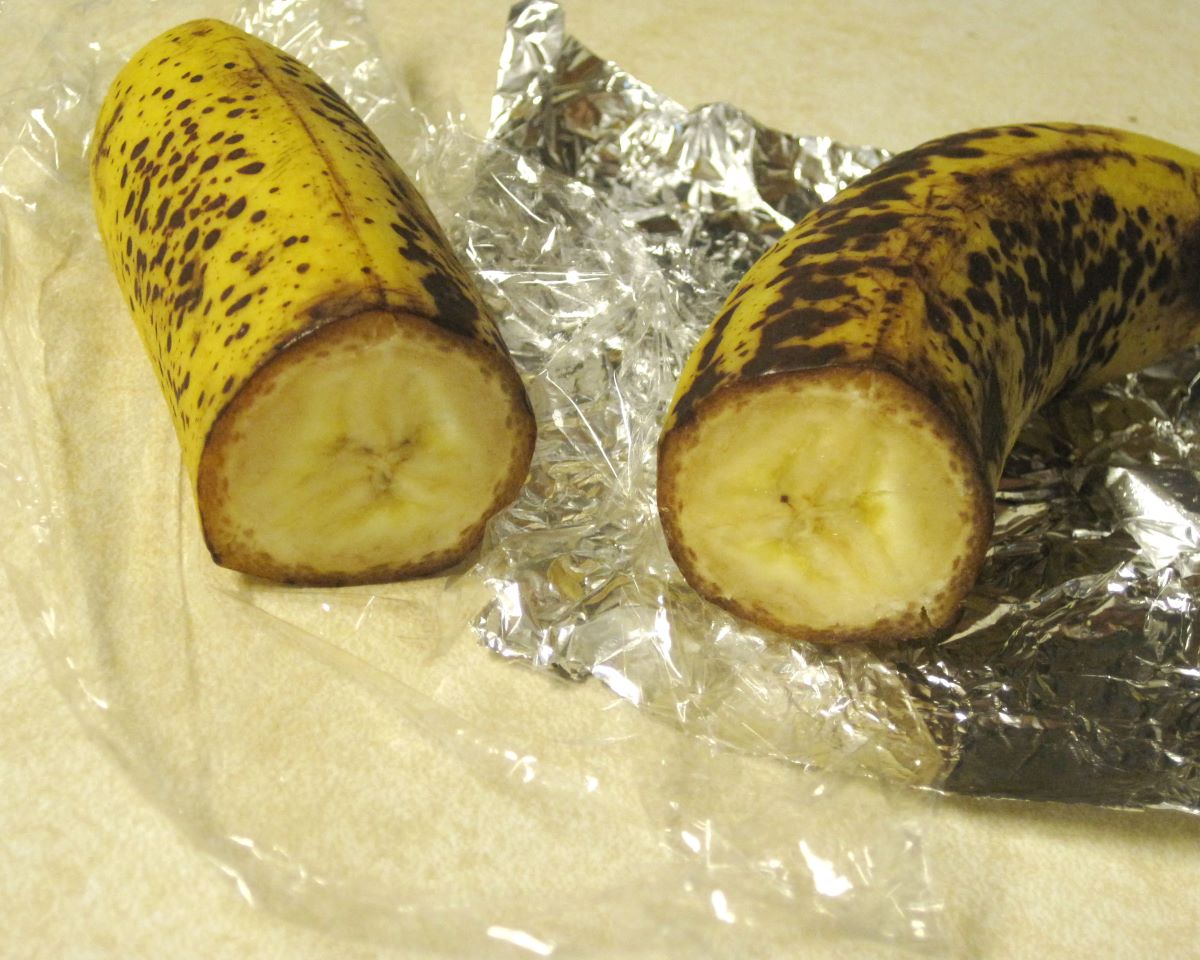

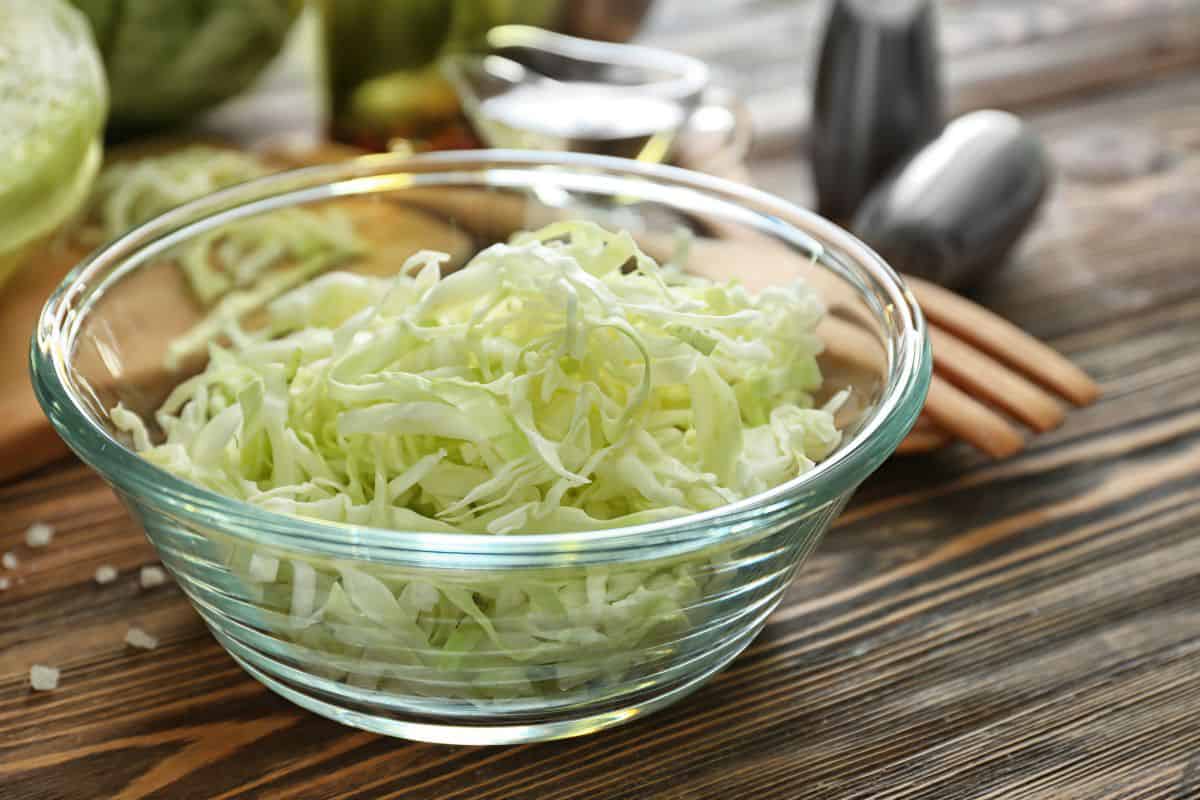
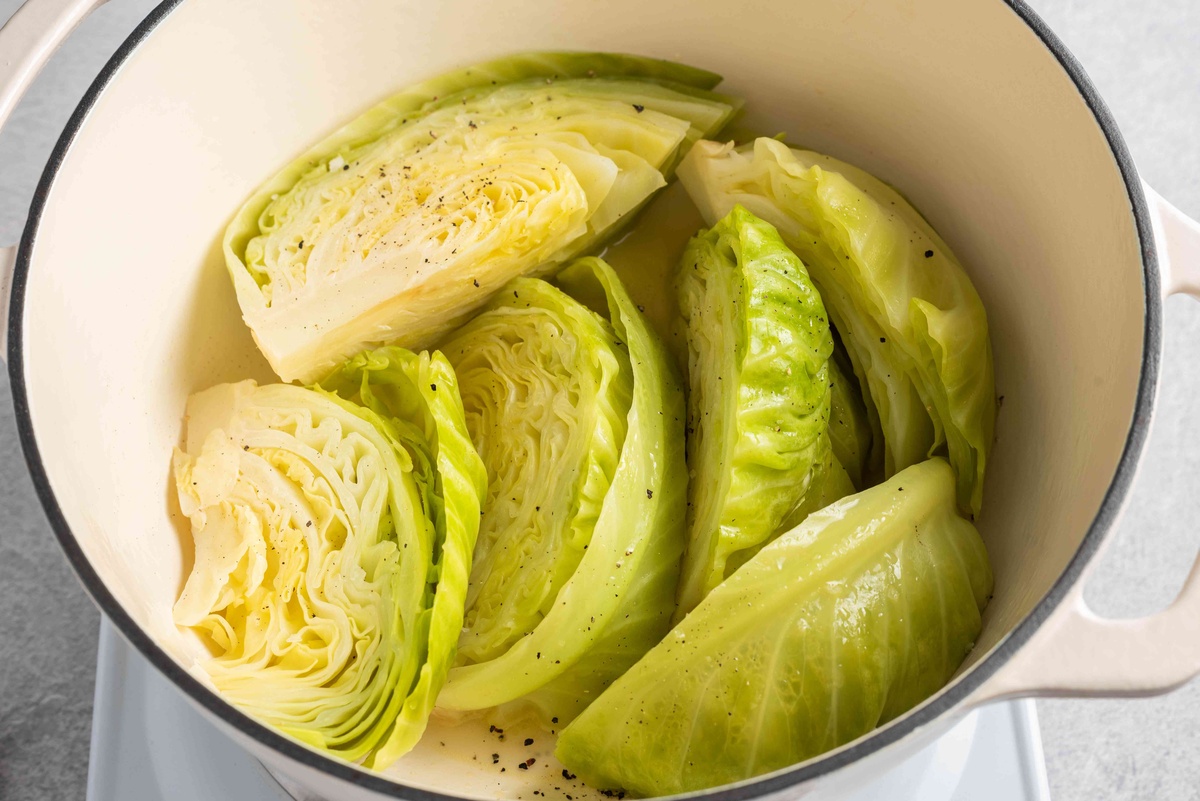
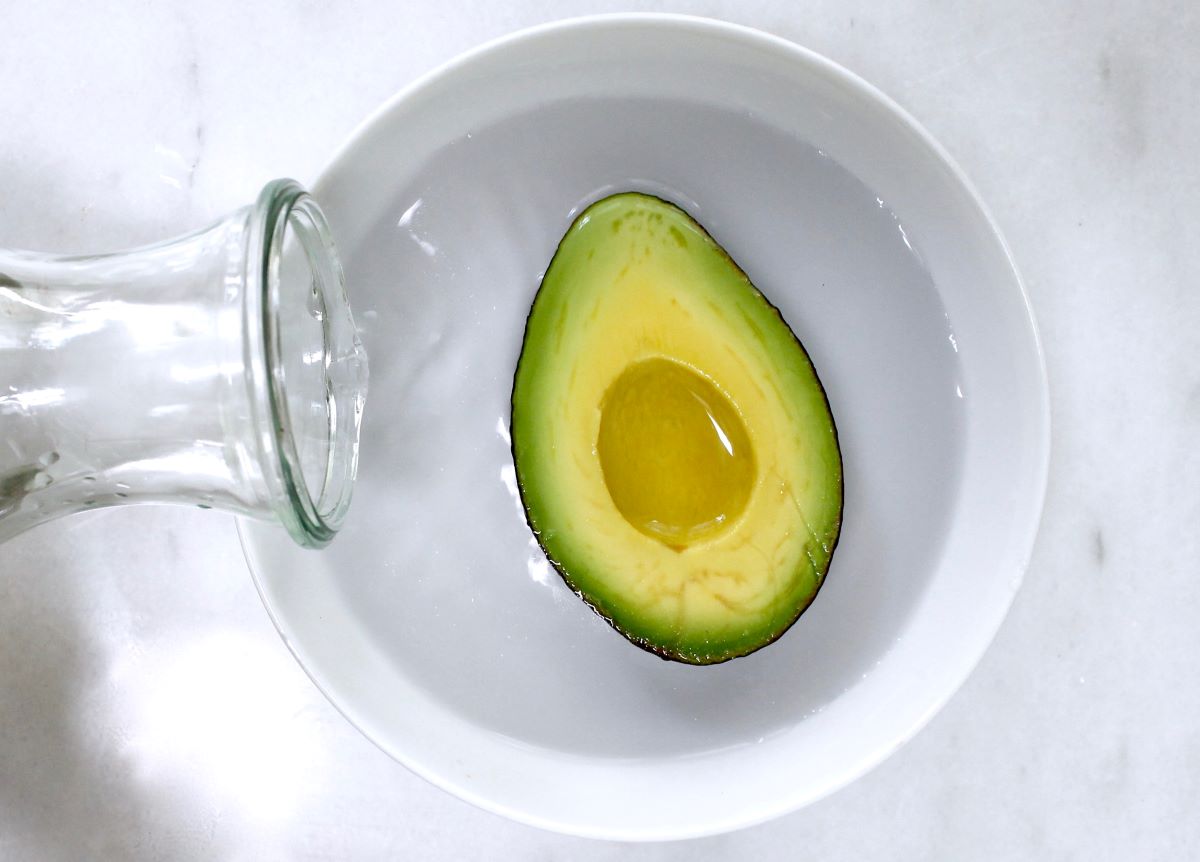
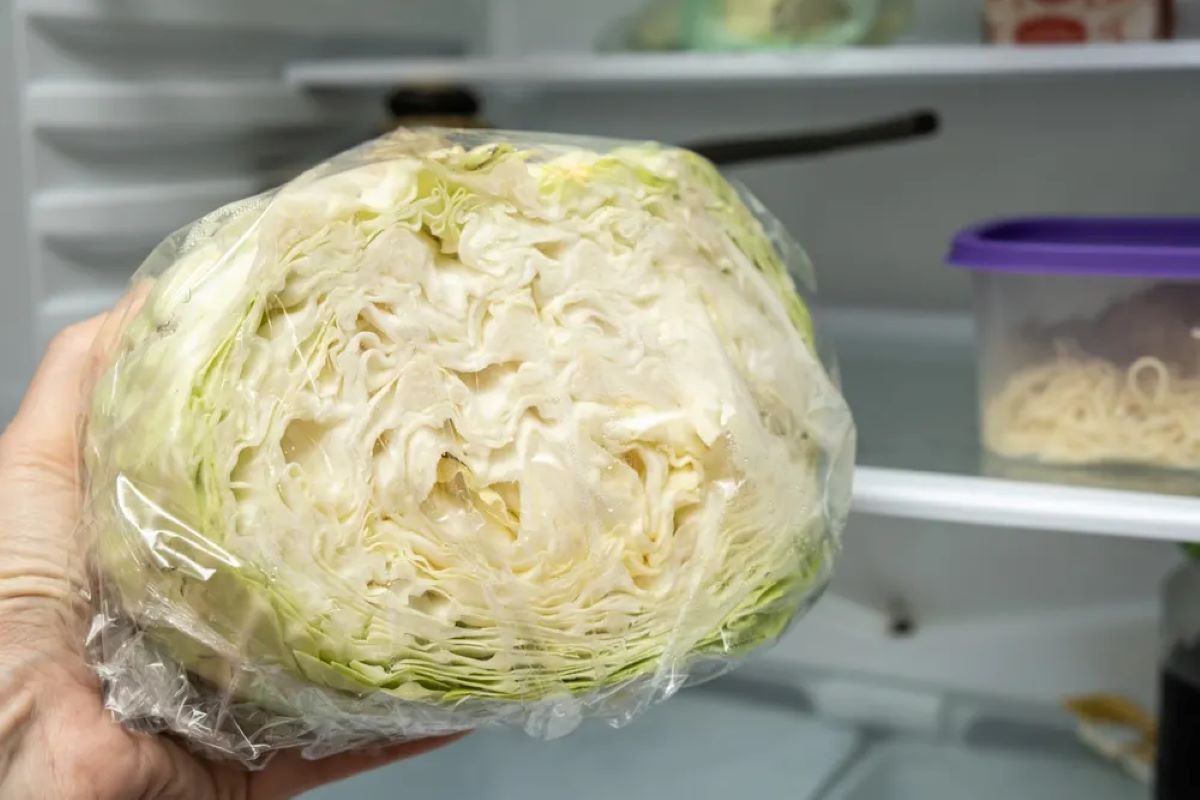
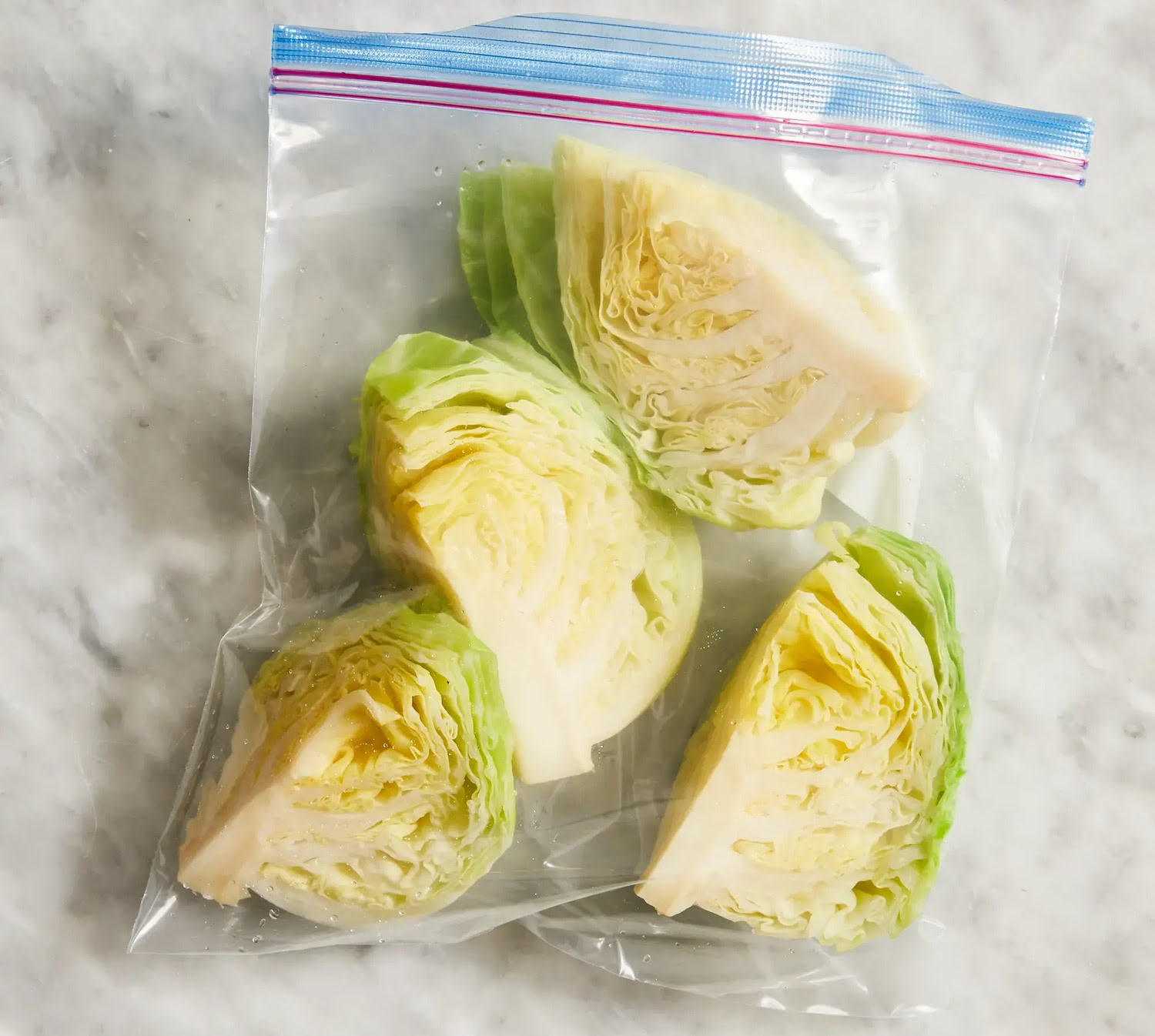

0 thoughts on “How To Store Half A Head Of Cabbage”